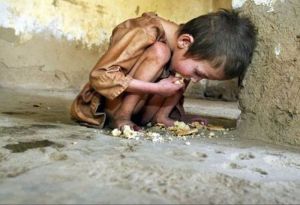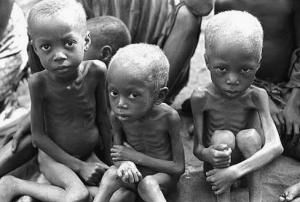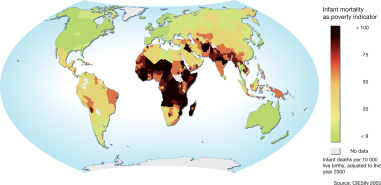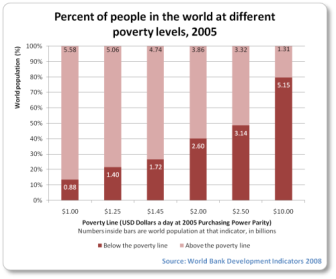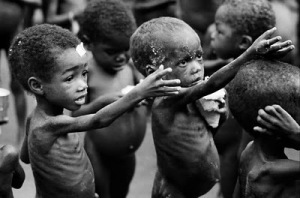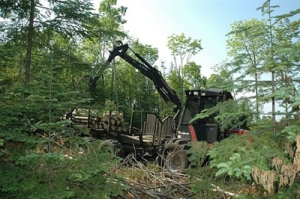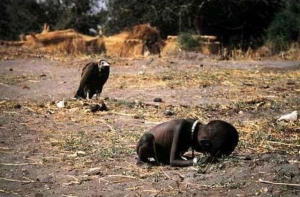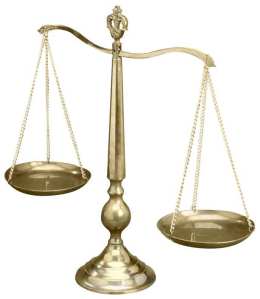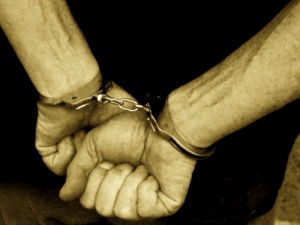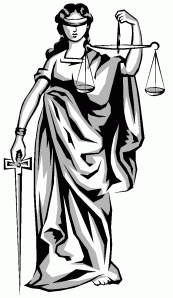Questions
1. What are the demographics of young homeless people in Australia?
There are many homeless shelters around Australia and many homeless people live in the country and rural areas. The majority of homeless people are found in large cities like Sydney and Melbourne.
2. How does being homeless affect a young person?
They can become depressed, helpless, feel lonely, have mental and physical illnesses which may even lead to death. They can not go to school and ans changes the way they think about life
3. What are some causes of the rise in youth homelessness in Australia?
Some causes of the rise in youth homelessness are: family breakups, sexual abuse, assault, mental illness, gambling or drug addiction
4. What aspects of the current welfare system can inhibit of young homelessness have on Australian society?
Homelessness makes young people feel vunrable and too scared to ask for help. Also many homeless people who want to find shelter are often not able to get any because there are too many people.
Stereotypes:
dirty-negative
poor-negative
alone-negative
venerable-negative
misunderstood- in the middle
helpless-in the middle
1. How are characters who are homless protrayed in movies or in television ?
Television and movies make homeless people seem dirty, uncared for, not worth anything and depressed.
2. Do you think that these protrayals are accurate, and why?
No i dont think that they are accurate because homeless people are not given the chance to speak up for themselves and they are misunderstood because none of us knows what we are dealing with.
3. Do the same steryotypes apply to young homeless people?
most of the time no, because they are young which means that they probably had a eg family breakup so people will feel sorry for them
